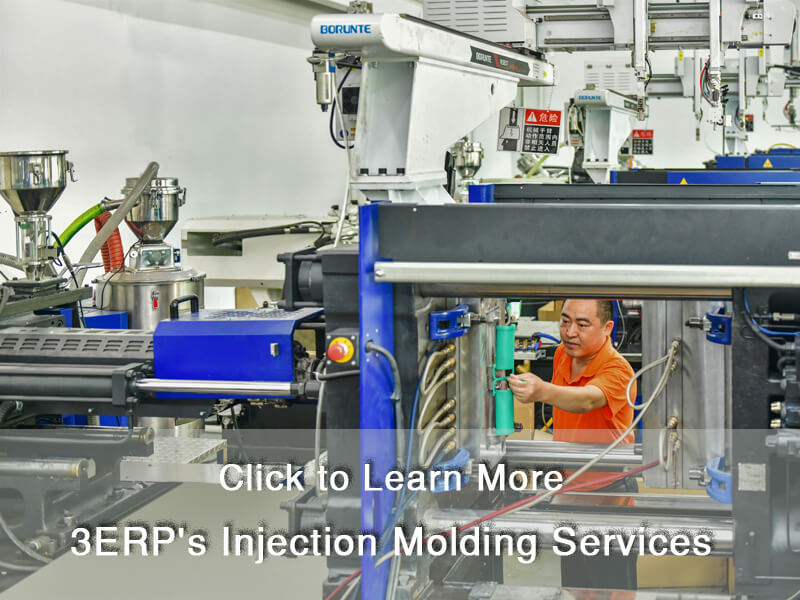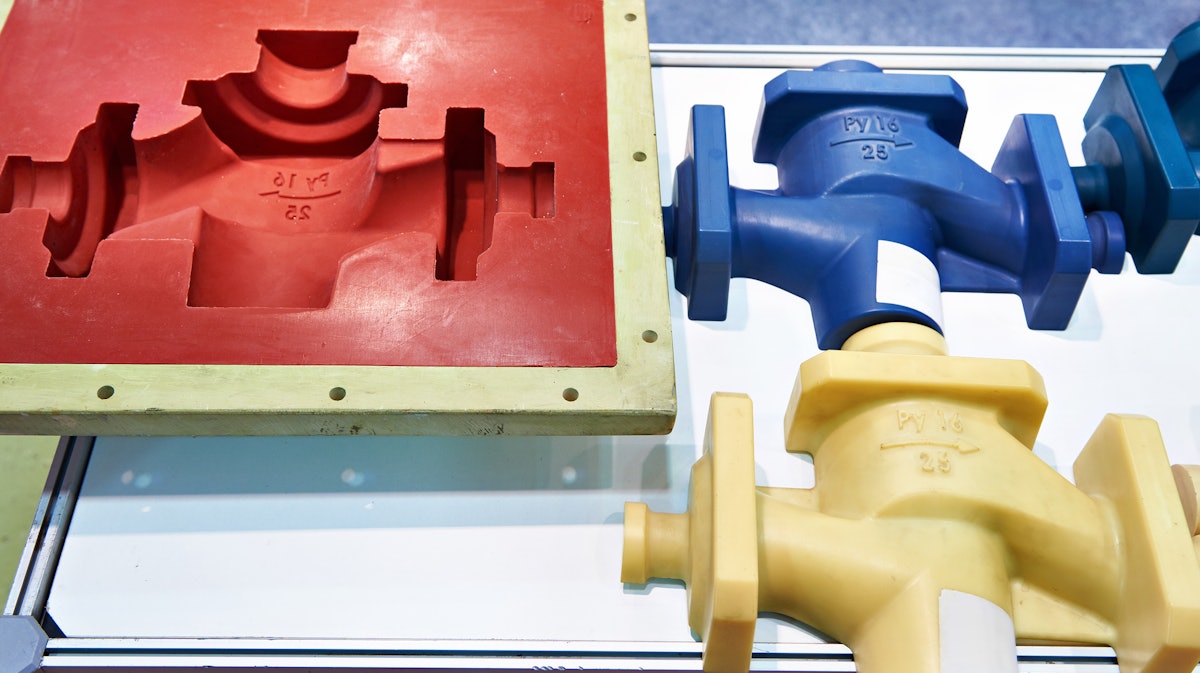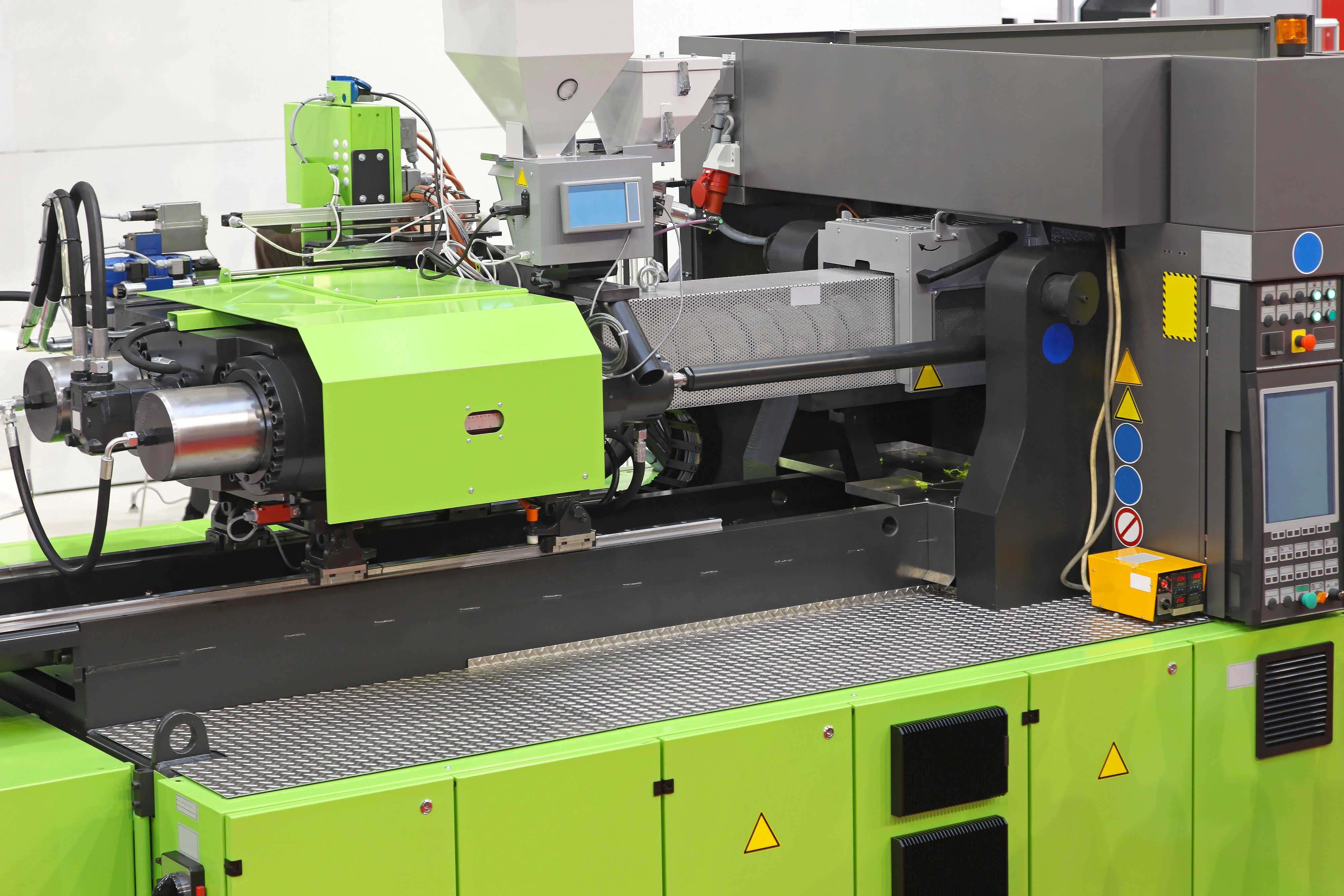8 Easy Facts About Oem Describeds
Wiki Article
The Ultimate Guide To Manufacturing Industries
Table of ContentsThe Ultimate Guide To Additive ManufacturingWhat Does Lean Manufacturing Mean?Top Guidelines Of Additive ManufacturingHow Mfg can Save You Time, Stress, and Money.How Manufacturing Industries can Save You Time, Stress, and Money.More About Manufacturing Industries
The message on this page is a sample from our complete White Paper 'Shot Moulding for Customers' - * Sample message * - for full overview click the download button over! Intro This overview is meant for people that are seeking to resource plastic mouldings. It offers a much needed understanding right into all that is included with creating plastic parts, from the mould device required to the moulding procedure itself.If you desire to explore further, the guide covers kinds of mould tools, as well as special finishing procedures such as colours & plating. Words that are highlighted can be found in the glossary in the appendix ... Part I: Moulding: The Essentials The Benefits of Shot Moulding Plastic injection moulding is a really exact process that uses several advantages over various other plastic handling techniques.
Precision is perfect for really detailed components. You can hold this moulding in the palm of your hand as well as it has employers, ribs, metal inserts, side cores as well as holes, made with a gliding closed off function in the mould device.
Additive Manufacturing Can Be Fun For Everyone


from material feed & melting; material injection; cooling down time and ejection to the re-closing of the mould device prepared for the following cycle. Draft angles - The wall surfaces of a moulded part need to be a little tapered in the direction in which the part is expelled from the mould tool, to permit the component to be expelled quickly.
Ejector stroke - The pushing out of ejector pins to eject the moulded part from the mould device. Ejector stroke rate, length and timing needs to be very carefully regulated to avoid damage to the ejectors as well as mould tool, yet at the same time make the moulding cycle as short as feasible.

The Definitive Guide for Lean Manufacturing
Ribs - When a plastic part has slim wall surfaces, ribs are included in the style to make the thin walls more powerful Side cores - Side activity which generates an attribute on a moulded component, at an opposing angle to the regular opening direction of the mould tool. additive manufacturing. The side core needs to be able to withdraw as the plastic component can not be expelled or else.
Walls - The sides of a moulded component The message on this page is a sample from our full White Paper 'Shot Moulding for Buyers'.
Production procedure for producing components by injecting liquified material right into a mould, or mold Simplified layout of metal products the process Shot moulding (U.S. spelling: injection molding) is a manufacturing procedure for generating components by injecting liquified material right into a mould, or mold. Injection moulding can be executed with a host of materials generally consisting of metals (for which the procedure is called die-casting), glasses, elastomers, confections, as well as a lot of typically polycarbonate as well as thermosetting manufacturing processes polymers. Injection moulding is commonly made use of for making a selection of components, from the tiniest elements to entire body panels of automobiles. Injection moulding makes use of a special-purpose device that has three components: the shot system, the mould and also the clamp.
The Greatest Guide To Plastic Manufacturing
, with the volume utilized of the previous being substantially higher.: 13 Thermoplastics are prevalent due to features that make them extremely suitable for shot moulding, such as ease of recycling, convenience for a large range of applications,: 89 and ability to soften as well as stream on heating.In multiple dental caries moulds, each cavity can be similar and also develop the very same components or can be one-of-a-kind as well as develop numerous various geometries throughout a solitary cycle. Moulds are generally made from tool steels, however stainless steels and also aluminium moulds appropriate for particular applications. Aluminium moulds are normally improper for high volume manufacturing or parts with narrow dimensional tolerances, as they have substandard mechanical residential or commercial properties and are a lot more vulnerable to put on, damages, as well as contortion throughout the shot and securing cycles; however, aluminium moulds are economical in low-volume applications, as mould fabrication expenses and time are significantly lowered.
The screw delivers the raw product onward, blends as well as homogenises the thermal as well as thick distributions of the polymer, and also lowers the required heating time by mechanically shearing the material and adding a considerable amount of frictional heating to the polymer. The material feeds forward with a check valve and also collects at the front of the screw right into a volume known as a shot. When sufficient material has gathered, the product is required at high stress as well as rate into the component developing cavity. The precise quantity of contraction is a feature of the material being used, and can be relatively foreseeable. To stop spikes in pressure, the procedure typically uses a transfer placement representing a 9598% full cavity where the screw changes from a continuous rate to a continuous pressure control.
The Facts About Manufacturing Uncovered
The packing pressure is used until the entrance (cavity entryway) solidifies. Due to its tiny size, the entrance is generally the very first place to solidify through its entire thickness.: 16 Once the gateway solidifies, no more material can go into the cavity; as necessary, the screw reciprocates and gets material for the following cycle while the product within the website link mould cools down so that it can be expelled and be dimensionally stable.Report this wiki page